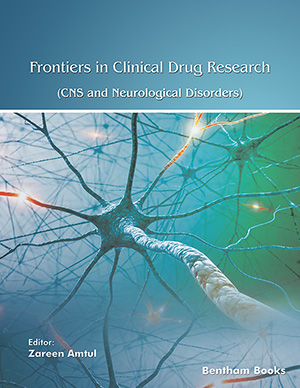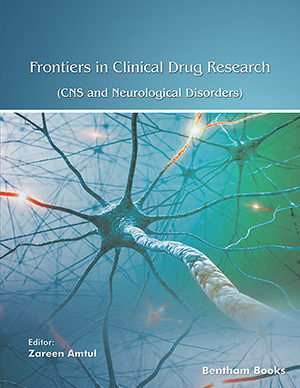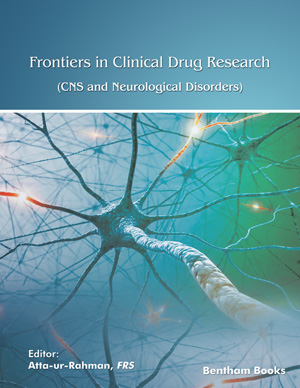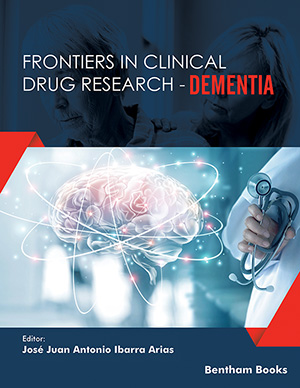
Abstract
In this paper the various BBB systems have been described including the various isolation procedures of brain capillary endothelial cells (BCEC), the culture of monolayers of BCEC and endothelial cell lines, and the coculture of BCEC with various types of astrocytes. The transference of results between BBB culture systems has been discussed together with the application of the various BCEC co-culture systems in research. It is concluded that there is a need for interlaboratory validation of BBB data, particularly BBB transport data.
Keywords: Blood-Brain Barrier, BBB Cultures
 8
8


















